Planning your first trip to Peru or just curious about Machu Picchu? In this guide, you’ll find 21 essential facts about Machu Picchu, from when it was built and why it was abandoned to how the Incas made it earthquake-resistant and how to get tickets, choose a circuit, and avoid the crowds.
As a local tour operator based in Cusco, we also share first-hand travel tips on seasons, altitude, and routes like the Inca Trail and Salkantay Trek, so you can decide how you want to experience this Inca citadel yourself.
Quick Machu Picchu facts for your trip
- Location: Andes Mountains in southern Peru, about 80 km northwest of Cusco.
- Altitude: 2,430 m / 7,972 ft – lower than Cusco (3,399 m / 11,152 ft).
- Built: In the mid‑1400s, during the height of the Inca Empire under Pachacuti.
- UNESCO status: Historic Sanctuary and World Heritage Site since 1983.
- New 7 Wonders: Voted one of the New Seven Wonders of the World in 2007.
- Daily visitors: Around 4,500–5,600 tickets per day, depending on the season.
- Best months to visit: Generally April–May and September–November, to balance weather and crowds.
Historical Facts about Machu Picchu
1. Machu Picchu was built by Inca "Pachacuti"
Peruvian culture started somewhere around 5000 B.C. In the north of Lima, Caral is one of the oldest civilizations in Peru; they lived in the desert and survived trading with their neighbors while Mesopotamia, Egypt, China, and India were developing.
The Incas appear in the history line around the 1300s. Many Inca cities were built over the foundation of past civilizations, like Cusco, the capital. However, no traces of earlier culture were found in Machu Picchu.
This means that the Incas were the first to arrive at these mountains. Machu Picchu was built between 1400 AD and 1500 AD. This period belongs to Pachacuti, the 9th Inca ruler, and his son Tupac Inca Yupanqui.
2. Machu Picchu was abandoned after the Spanish conquest
Despite many theories of diseases, wars, and hunger in Machu Picchu, it might have suddenly caused the people to leave the great citadel. We now know that Machu Picchu was still inhabited during the first years of the conquest and abandoned when the Incas retreated to Vilcabamba, the last capital of the Incas.
3. Machu Picchu was never really "lost"
Hiram Bingham arrived at Machu Picchu on July 24th, 1911. He found 3 families living in the first building right after the entrances: Bingham’s first guide was a little boy, 11 years old, named “Pablito”, who used to play inside Machu Picchu and knew the Inca city by hand; all this was documented in the first pictures taken in black and white.
4. Hiram Bingham did not truly discover Machu Picchu
When Hiram Bingham arrived in 1911, he found a painting in the Temple Of The Three Windows saying “Agustin Lizarraga 1902”. He was a farmer from Santa Teresa, a town next to Machu Picchu. Unfortunately, he fell into the Urubamba River in 1912 and died.
Everybody agrees that Hiram Bingham did not discover Machu Picchu. However, Hiram Bingham gave scientific and historical value, bringing attention to this citadel.
In 1913, “National Geographic” magazine published a detailed article introducing Machu Picchu and its work, revealing the great citadel. So we can say, in fact, that Hiram Bingham is the scientific discoverer of Machu Picchu.
5. The Inca Trail was a pilgrimage route
Machu Picchu has 2 ancient access routes: One is an easy access path along the Urubamba River banks, allowing the arrival at the great citadel in just one day. The other one is the stunning Inca Trail that climbs mountains and arrives at the different temples before arriving at Machu Picchu.
Many historians suggest that the Inca Trail to Machu Picchu had a ceremonial purpose: a hike to prepare travelers for Machu Picchu, the Sacred Citadel.
The Inca Trail might represent the first Inca King, Manco Inca’s journey when they exited the Island of the Sun in Lake Titicaca and traveled across the Mountains to the Cusco Valley, where they found the capital of the great empire.
| Learn more about the Inca Trail.
6. Yale returned the artifacts to Peru
Hiram Bingham III excavated in Machu Picchu between 1912 and 1915, and the artifacts found during this time were removed from Peru under a special governmental decree. The Materials were loaned to Yale University for research and needed to be returned. Some artifacts were returned after World War I, but most were kept in the school.
In 2008, Peru’s government filed a lawsuit against Yale, and in 2012, after a partnership agreement between Yale University and the University of Cusco, all artifacts were returned.
7. Machu Picchu was still growing when it was abandoned
The question that everybody asks is whether Machu Picchu was finished. Many Inca sites in Cusco were not completed, like Ollantaytambo, invaded by the Spaniards. Most of the rocks the Incas were transporting to build the city were left on the trail; now, these boulders are called “Tired Stones.” The rocks were transported from faraway quarries.
Machu Picchu, on the other hand, the quarry was right there, and the city was completed. However, like any other modern city, it was still growing, so we see unfinished construction in Machu Picchu.
Architectural and engineering facts
1. Machu Picchu was built to resist earthquakes
Peru is a seismically unstable country situated in the Pacific Ring of Fire, and earthquakes had flattened the cities long before the Inca nation. Machu Picchu is also built between 2 geological fault lines. However, the Inca engineers knew that and made all their cities earthquake-resistant. The stones are cut so tightly that you can’t fit a needle between these spaces.
2. Most of Machu Picchu is underground
Modern engineers estimate that 60 percent of Machu Picchu is an underground construction site; we can only see the remaining 40 percent. This doesn’t mean tunnels. The underground structures are the drainage system and the building’s foundations on such a steep mountaintop.
3. A sophisticated water and drainage system
Before building the city, Inca engineers had to plan how to bring enough water. Machu Picchu is located in the Cloud Forest, a warm and humid place; the reason why 60 percent of Machu Picchu is underneath is that the Incas were fighting against the humidity against rain, and they built a vast drainage system to drain the water from the city and avoid landslides. However, they needed to bring water to the citadel and consumption; this had to be just enough for everyone living in Machu Picchu.
They decided to build a 749 m long canal with a 3° inclination. There were 16 fountains to distribute the water for each neighborhood; the first one at the top was reserved for the king. This inclination allowed the water to run smoothly through the city, even in the rainy season, without causing any trouble.
4. Two mountains you can climb: Huayna Picchu and Machu Picchu Mountain
Almost all visitors want to climb Huayna Picchu Mountain, but few people know about the other mountain called Machu Picchu Mountain or Montaña. Huayna Picchu will sell out very fast, but you can still climb Machu Picchu Mountain, which offers even more incredible views. Machu Picchu Mountain is the highest mountain at 3,082 meters (10,111 ft.). It’s important to know that the Machu Picchu citadel differs from Machu Picchu Mountain.
5. Machu Picchu was an Astronomical Observatory
Machu Picchu is considered a holy city; there are temples and sacred places all over the town.
Recent studies have shown that most of Machu Picchu’s buildings are oriented toward the most important mountains. One of the best examples is the Intihuatana Stone; the corners of this structure point to Salkantay Mountain, Pumasillo, Yanantin, and the Sungate.
6. Agricultural vs. urban sectors
Machu Picchu was very well planned. The town was divided into 2 main sectors, divided by a vast wall.
The agricultural sector is the first part of the terraces that the Incas used for farming maize, beans, and fruits. The terraces have an advanced drainage system.
The urban sector is divided by a tall wall; inside, there are temples, palaces, houses, and plazas. There are around 200 buildings that house around 800 to 1000 people in total.
7. Why the Spanish never destroyed Machu Picchu?
The conquistadors destroyed most Inca sites like Sacsayhuaman, Ollantaytambo, and Pisac. However, Machu Picchu was never found thanks to its hidden location, making it one of the Incas’ best-preserved archaeological treasures.
8. The hidden Temple of the Moon
This is the Temple of the Moon, located behind Huayna Picchu Mountain. Unfortunately, this place is closed to the public and is only accessible to visitors during the early shift for Huayna Picchu.
Machu Picchu also has a local museum below, near the bridge crossing the Urubamba River. You will see the artifacts found in Machu Picchu and many of the first pictures taken in 1911.
Fun & Travel-related Machu Picchu Peru facts
1. Llamas are the only “residents” today
Machu Picchu has been a protected area and a World Heritage Site since 1983. No one can live inside the citadel. However, during your visit, you will see several llamas grazing freely; they are not native to the area but were brought to Machu Picchu to enhance the site’s beauty and trim the grass.
2. You can hike up from Aguas Calientes
Once in Aguas Calientes, you can take the $24 bus to Machu Picchu or follow Hiram Bingham’s 1911 route for 1.5 hours.
The hike is free and offers extraordinary views of Machu Picchu, the Urubamba River, and the surrounding mountains. However, we don't suggest this hiking trail if you are finishing a trek like the Inca Trail, Salkantay Trek, Lares Trek, or any other trekking tour.
3. The myth that only women lived here
Among the findings in Machu Picchu, there were around 160 skeletons, most of which were short. Dr. George Eaton, an osteopath, concluded that most of Machu Picchu’s inhabitants were women. Bingham, on the other hand, believed that the site was the “Temple Of The Virgins Of The Sun“.
However, later research will prove that the number of male and female skeletons was almost equal, and the skeletons were short because that was the average height of the Incas during that time.
4. Two seasons: dry and rainy
Machu Picchu has only 2 seasons: the wet and dry seasons.
- The wet season from November to March
- The Dry season from April to October
5. What “Machu Picchu” means in Quechua
Although there's no written evidence of the name "Machu Picchu," the Incas used their main and widely spoken language, "Quechua," to refer to any place or town around the Empire. The compound Quechua word “Machu” means old or great, and Picchu means mountain, which can be interpreted as "Old Mountain".
| Learn more about Quechua: The Language of the Incas.
6. Machu Picchu might not be the original name
On July 23rd, 1911, Hiram Bingham’s expedition arrived at the small village of Mandor near Aguas Calientes. Once there, the local farmer Melchor Arteaga told the explorers about the presence of many ruins in the nearby mountains. When they asked for the name of the site, he replied, "Machu Picchu".
Unfortunately, there's no official record of that name. The first mention of Machu Picchu was found in Charles Wiener’s book “Pérou et Bolivie,” from 1880. This French-Austrian explorer wrote: “They told me about other villages, Huaina-Picchu and Matcho-Picchu, and I resolved to make one last excursion to the east before continuing south”.
More recently, historians discovered writings from the first conquistador, which included a list of the Inca kings and the cities they built. One line mentions, "Pachacuti built Picchu," which could be the actual name of Machu Picchu, and proof that Pachacuti built this incredible city.
Over the years, many names have been suggested, such as Llaqtapta and Karmenqa, but the true name of Machu Picchu still remains a mystery.
7. Two main ways to reach Machu Picchu (Train and Trekking routes)
You can reach Machu Picchu either by train or by taking a hiking tour. There are many trekking tours available, like the Inca Trail, Salkantay, and Lares. If you choose the train option, you can leave from Cusco and Ollantaytambo by taking the trains from any of the two main companies: PeruRail and IncaRail.
Practical tips for visiting Machu Picchu today
Tickets, circuits, and long to stay in Machu Picchu
Since June 1, 2024, the official web of Machu Picchu tickets indicates 3 circuits with 10 one-way routes. You must follow the route printed on your ticket, and there is no re-entry once you exit.
A. Circuit 1: Panoramic (viewpoints)
- 1-A Machu Picchu Mountain: Citadel access + mountain hike with wide panoramas. Max visit time: up to 7 h.
- 1-B Upper Terraces: High viewpoints and classic photos; less time in the urban sector. Max: 2 h 30 m.
- 1-C Intipunku (Sun Gate): Panoramic approach; high season only. Max: 4 h.
- 1-D Inca Bridge: Short walk to the bridge viewpoint; high season only. Max: 3 h.
Best for: Elevated postcard views or the Mountain hike.
B. Circuit 2: Classic (citadel-focused)
- 2-A Designed: Complete guided walk through key areas (Intihuatana, Sacred Rock, Temple of the Condor) plus lookouts. Max: 2 h 30 m.
- 2-B Lower Terraces: Similar depth to lower-terrace panoramas. Max: 2 h 30 m.
Why default: The richest walk through the heart of Machu Picchu in a comfortable time window.
C. Circuit 3: Lower entrance / urban areas (mountain add-ons)
- 3-A Huayna Picchu: Citadel access + Huayna Picchu hike. Max: up to 6 h.
- 3-B Designed (lower sector): Important temples and urban areas with gentler gradients. Max: 2 h 30 m.
- 3-C Great Cavern / Temple of the Moon: Long hike on the Huayna side; high season only. Max: 7 h.
- 3-D Huchuy Picchu: Shorter hike on the Huayna side; high season only. Max: 3 h 30 m.
Time slots & tips: Entries are hourly. Please arrive before your assigned time, use the restrooms before you enter, and bring only a small daypack. Once you exit, you cannot re-enter.
The best hour of the day to visit Machu Picchu
We usually recommend early morning or late afternoon entries to avoid the busiest hours and harsh midday light.
>> For more information, visit our blog: The best time to visit Machu Picchu.
Basic rules to protect the site
Certain items are not allowed to ensure hiker safety, protect the environment, and preserve historical sites. The following are prohibited:
- Animals (except guide dogs): only guide dogs are permitted to protect wildlife and keep the trail clean.
- Alcohol and illegal drugs: banned to prevent poor decisions and accidents.
- Weapons (including guns, knives, and similar items): not allowed for everyone’s safety.
- Explosive or flammable materials: prohibited due to fire and explosion risks.
- Large tripods, drones, and professional video gear: restricted for privacy and congestion; special permits are required.
- Touching or climbing on ruins: forbidden to protect fragile structures.
- Trekking poles without rubber or plastic tips (to protect the stone floor of the citadel)
- Large backpacks inside Machu Picchu: bring only essentials in a small daypack.
FAQs - Machu Picchu facts
1. Is Machu Picchu higher than Cusco?
No. Machu Picchu sits at 2,430 m (7,972 ft), while Cusco is at 3,399 m (11,152 ft). Many travelers feel the altitude more in Cusco than at Machu Picchu.
2. How many visitors are allowed in Machu Picchu per day?
Recent regulations limit daily entries to around 4,500 visitors in the low season and up to 5,600 in the high season. These numbers and circuits can change, so always check the latest official information before you book.
3. What is the best month to visit Machu Picchu?
There is no single “best” month, but many travelers choose April–May and September–November for a balance of good weather and fewer crowds. The rainy season (November–March) is wetter but often quieter and cheaper.
4. Do I need a guide to visit Machu Picchu?
Current rules require visitors to enter with a licensed guide for most circuits. Booking with a reputable local operator ensures you follow the latest rules and get the most from your visit.
5. What are the main ways to get to Machu Picchu?
Most travelers either take a train to Aguas Calientes and then a bus up to the citadel, or hike a multi‑day trek such as the Inca Trail, Salkantay, or Lares. Each route offers a very different experience in terms of effort, scenery, and availability.
6. Can I climb Huayna Picchu or Machu Picchu Mountain?
Yes, but both require separate tickets with limited spaces and specific time slots. Huayna Picchu sells out fast; Machu Picchu Mountain is longer and higher but usually less crowded. Book well in advance if you want to add one of these hikes.


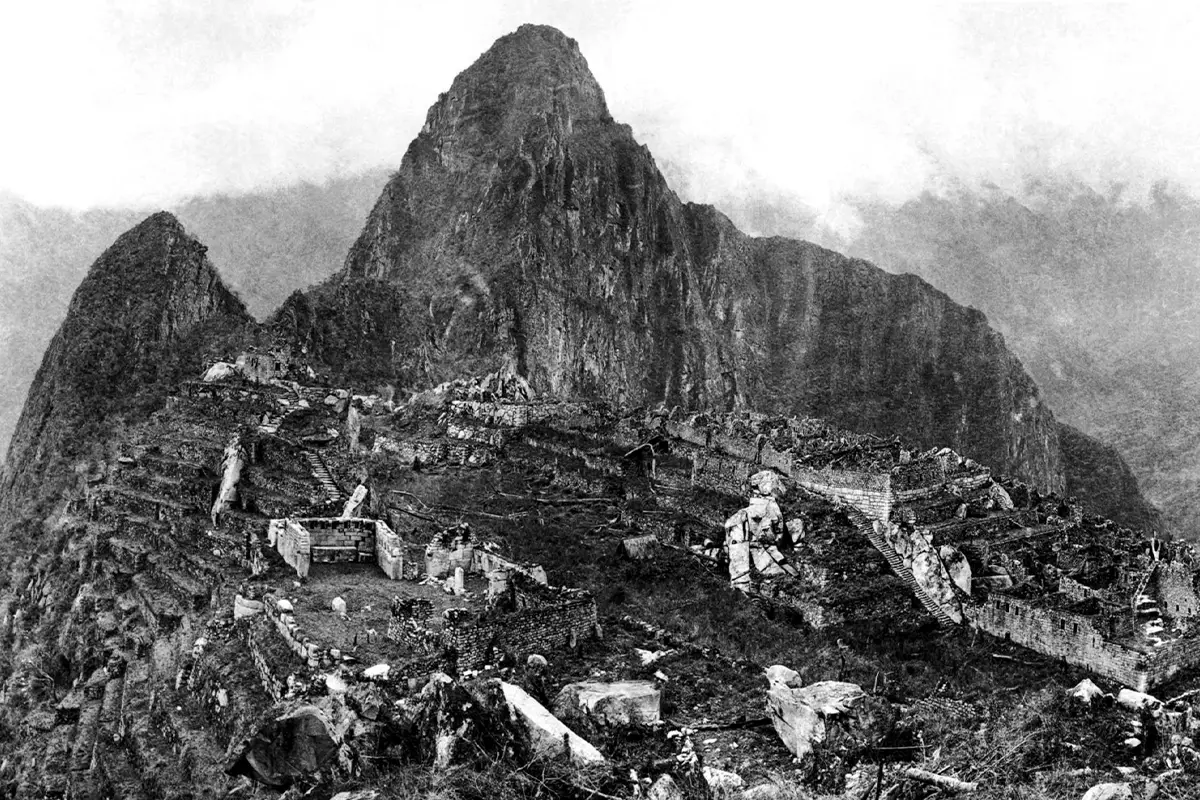
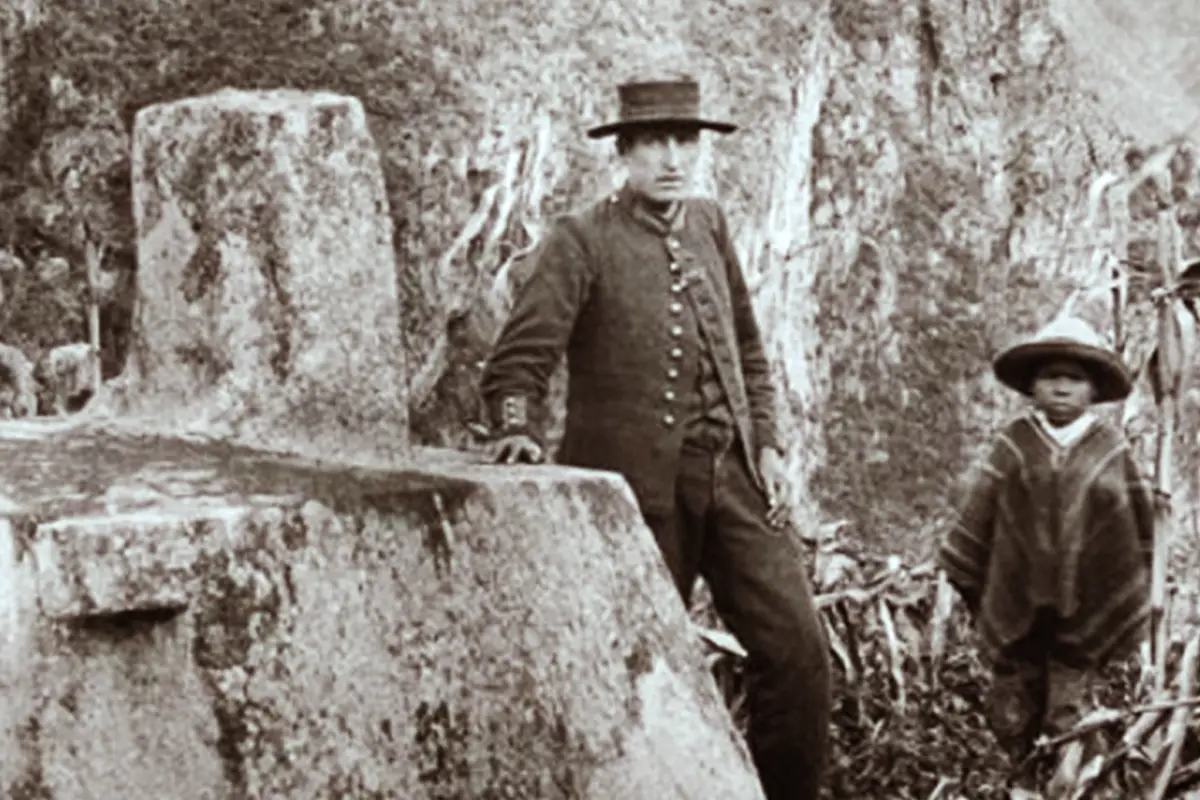
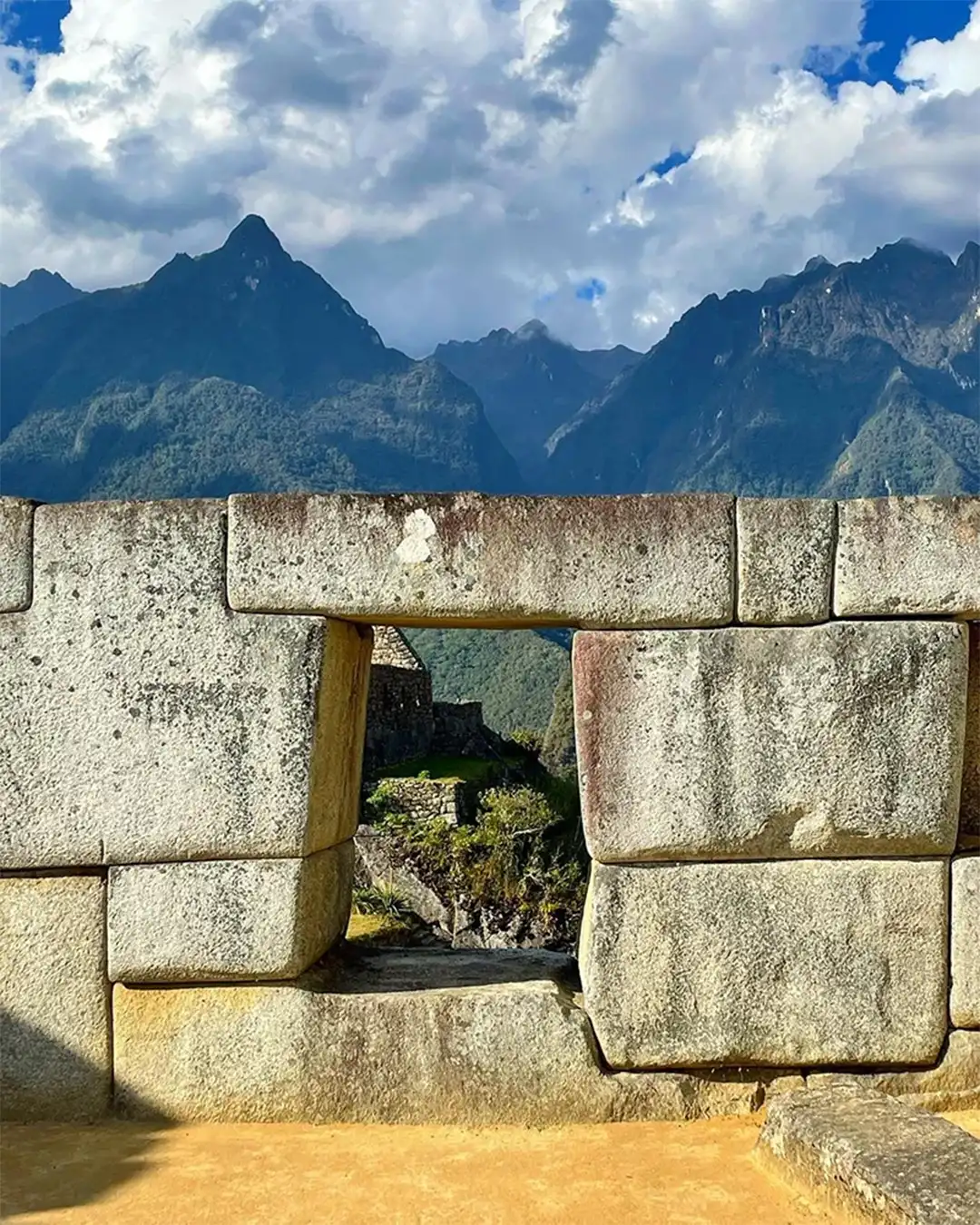
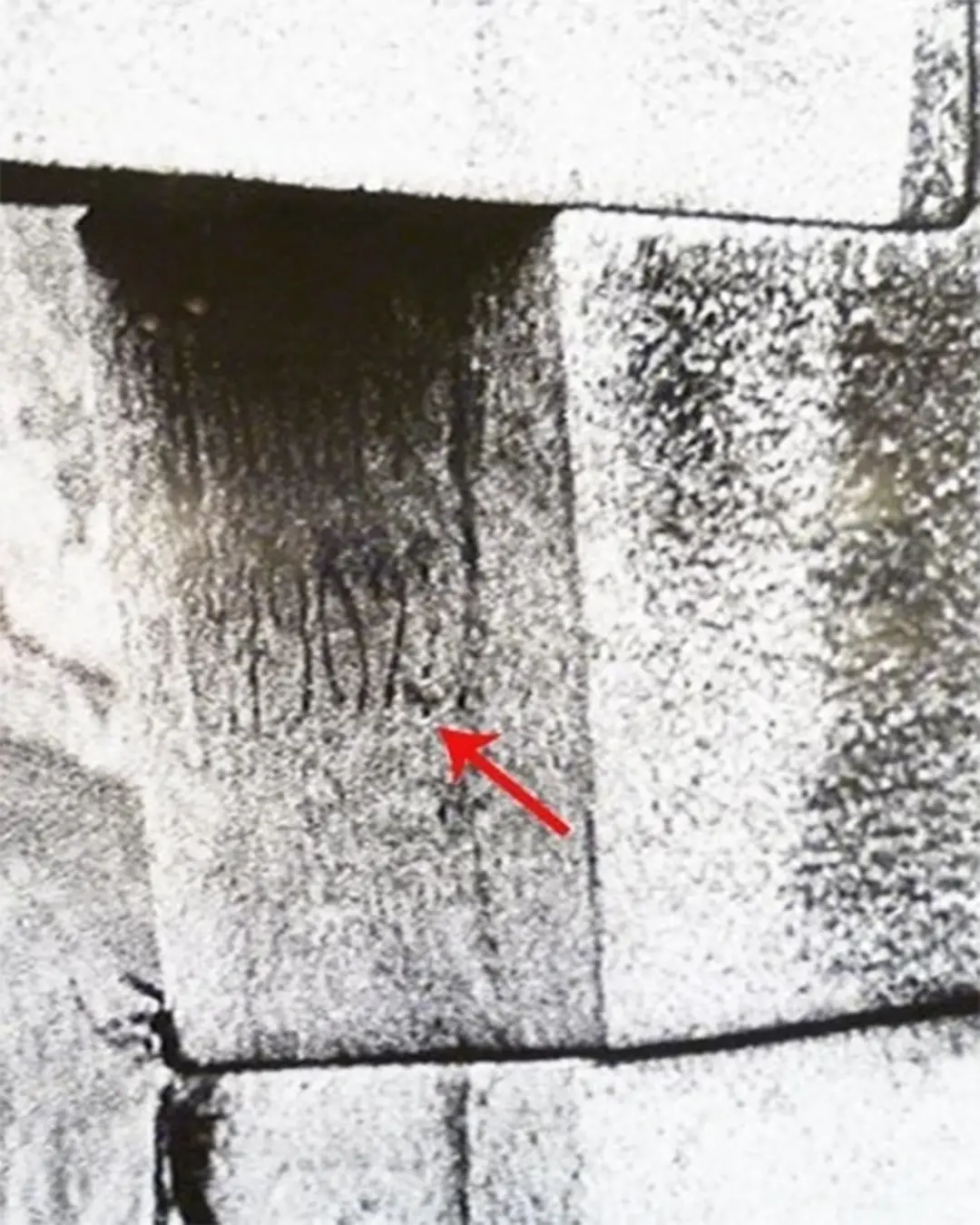
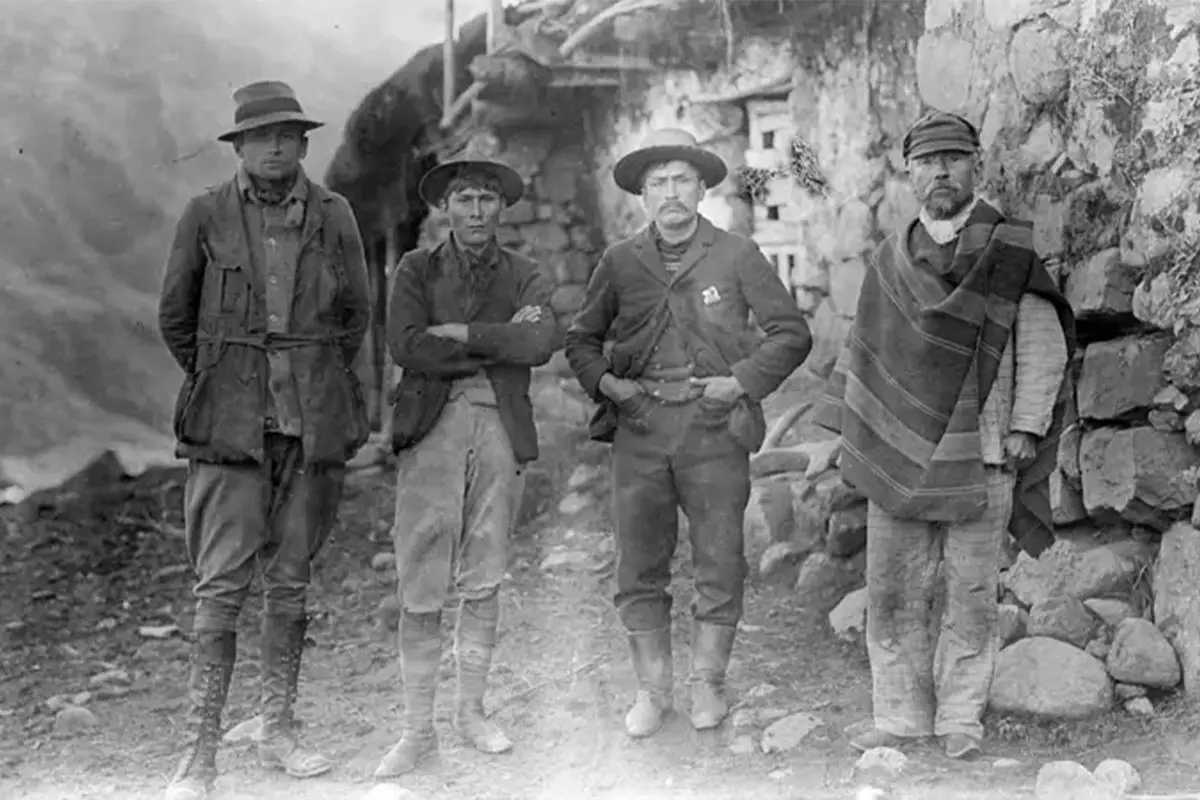
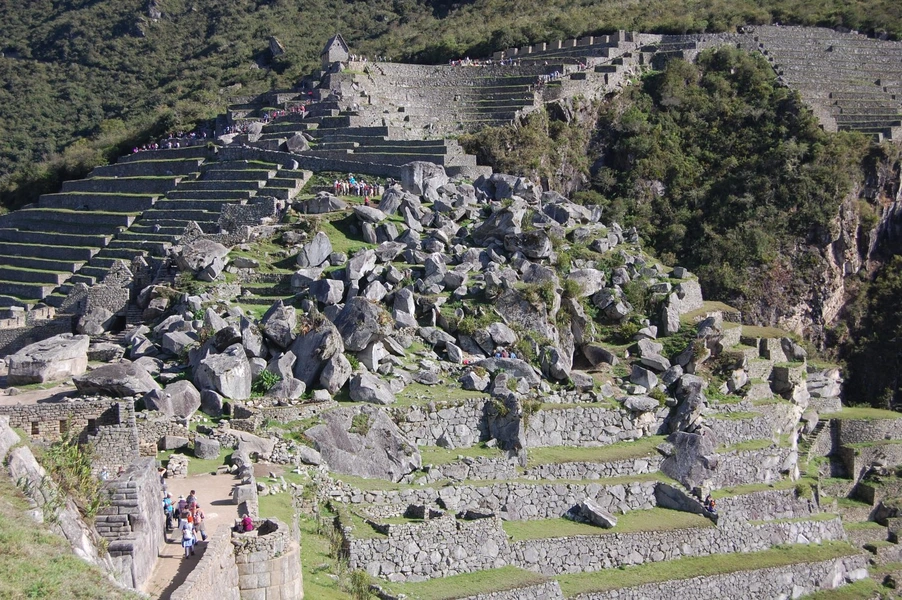

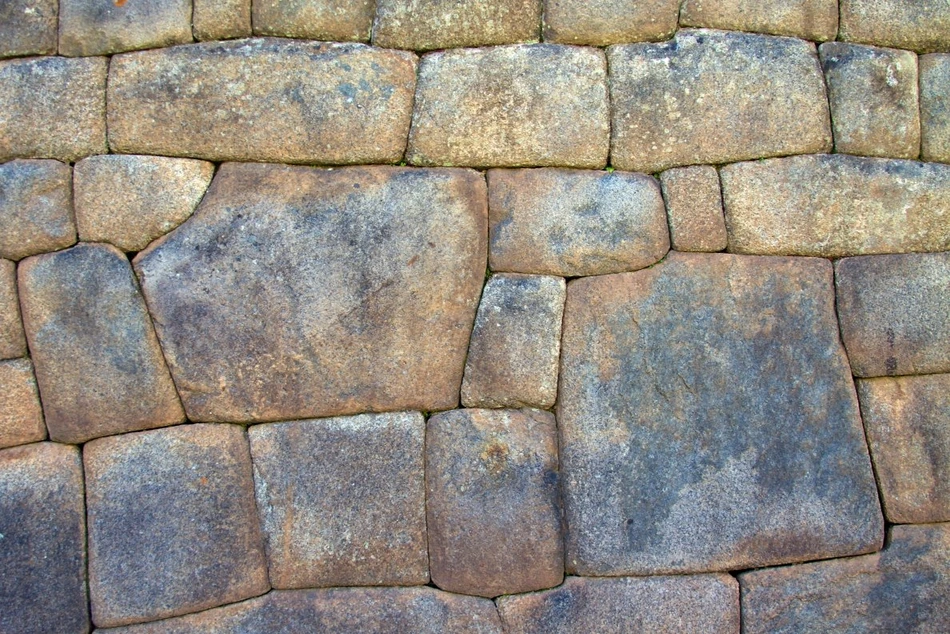
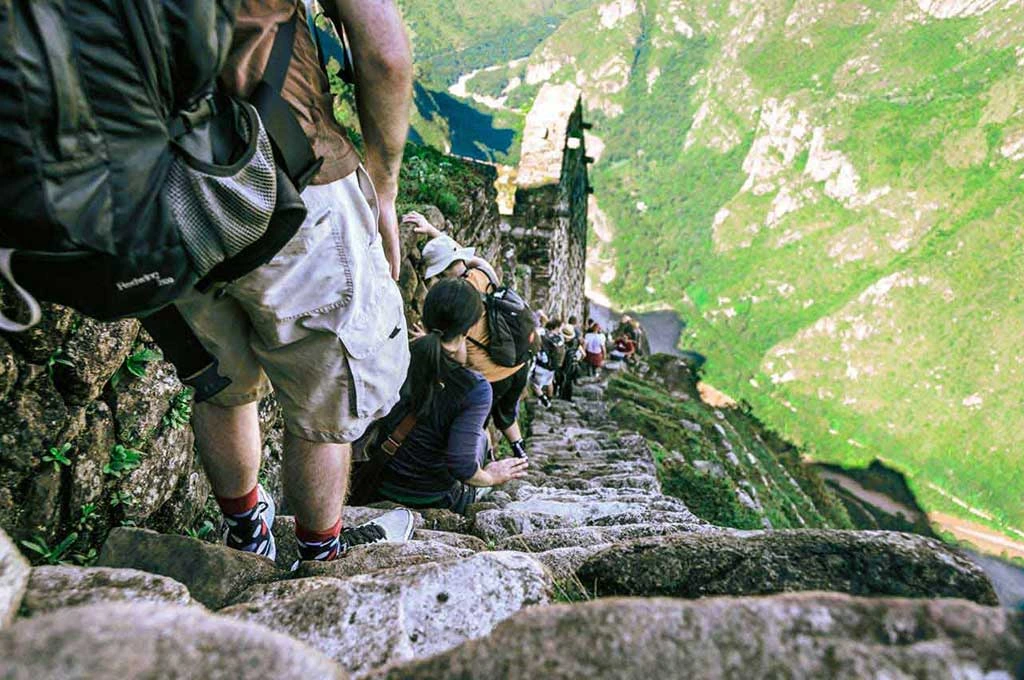
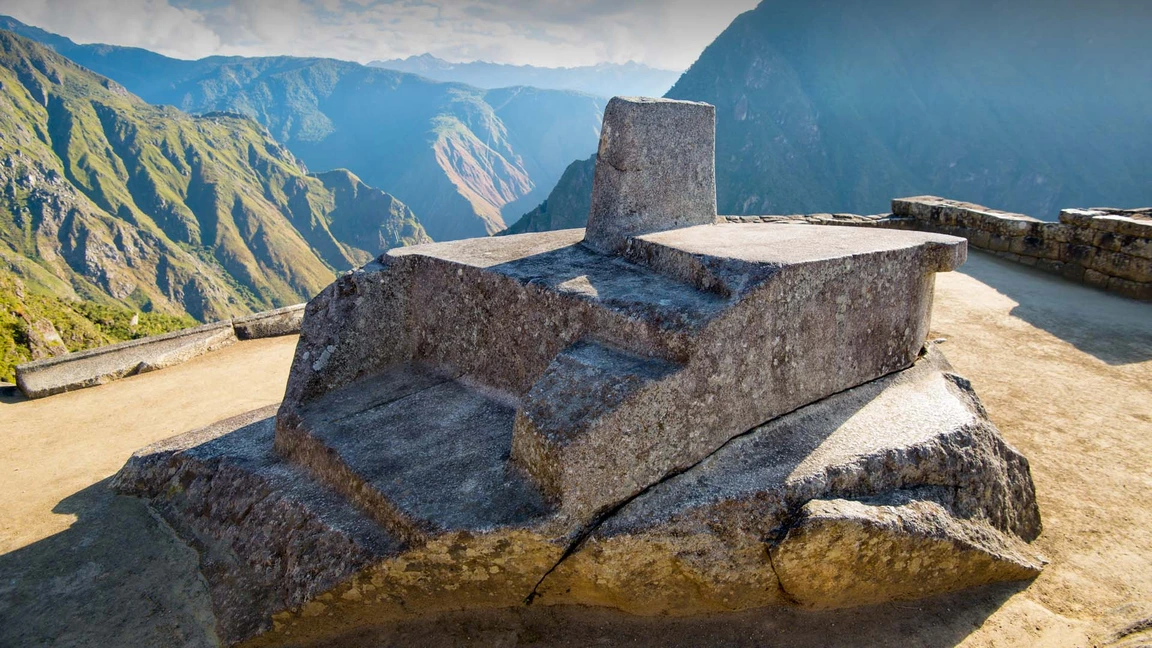
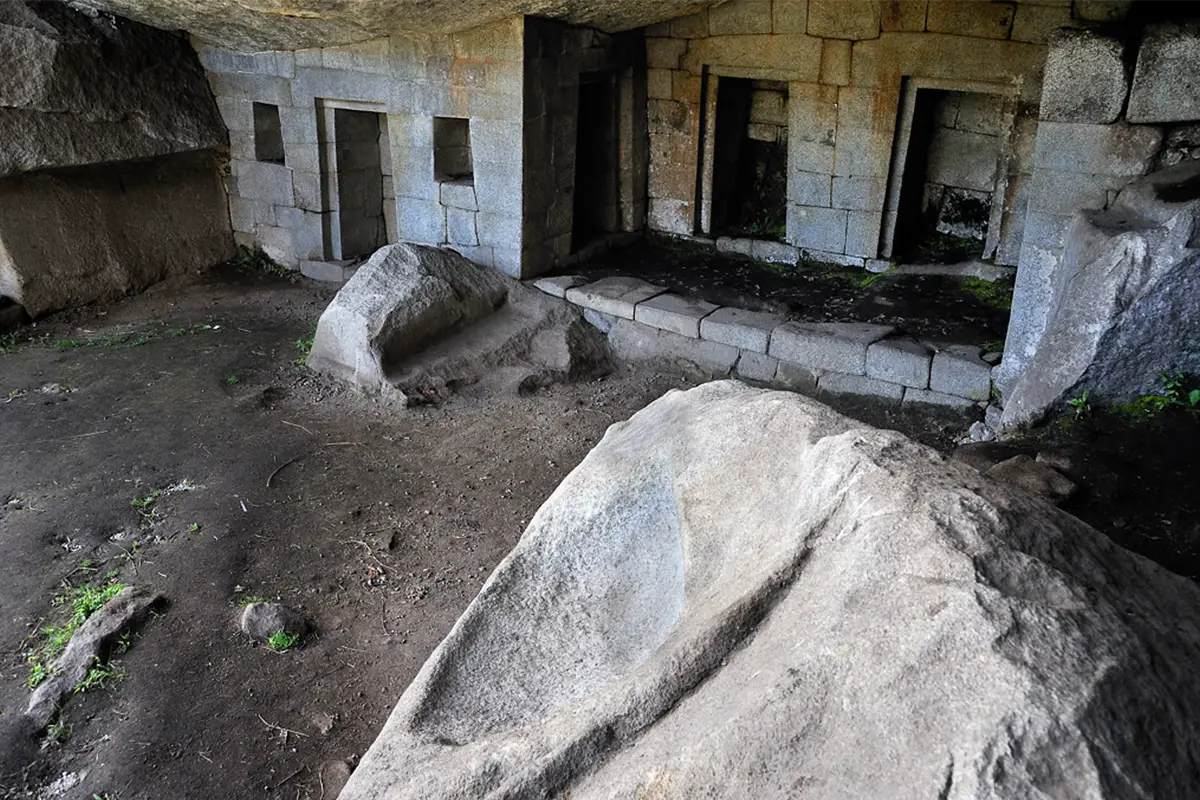
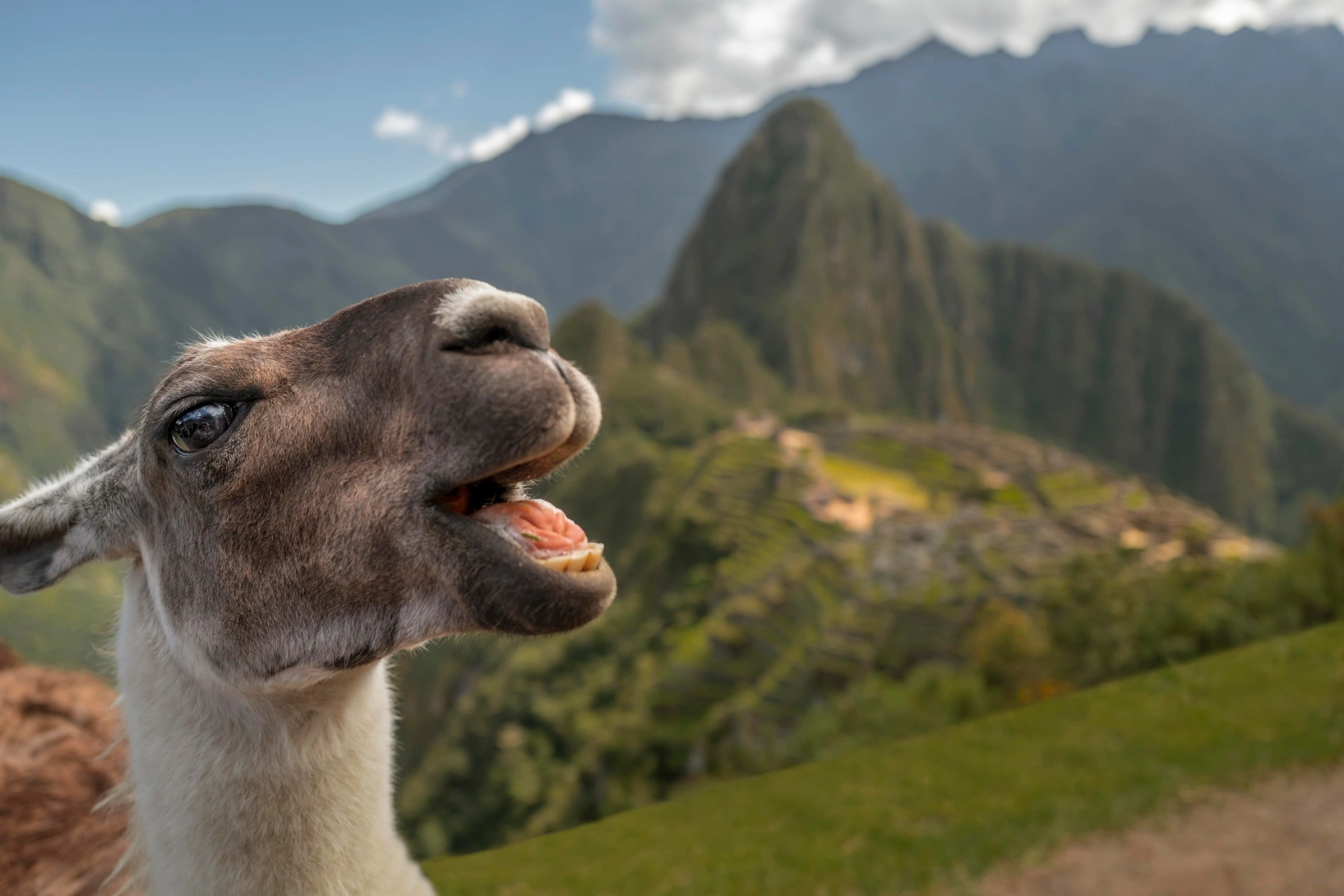
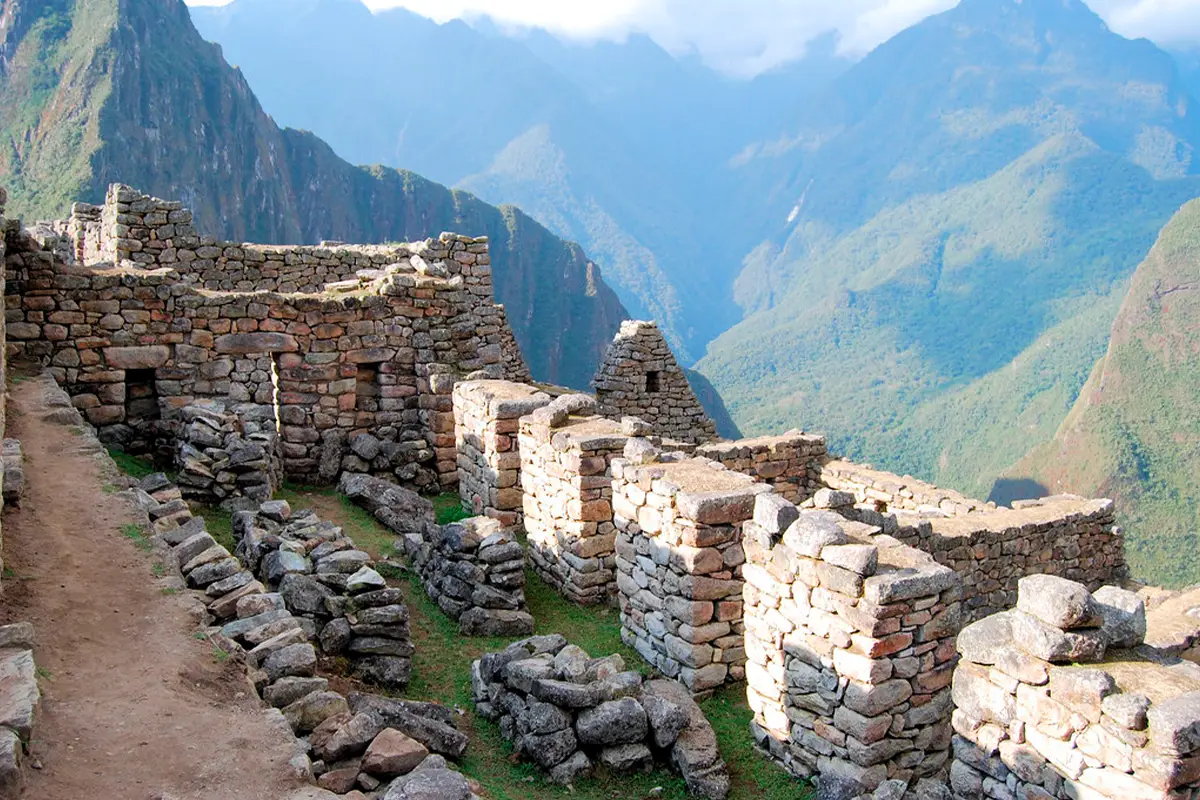
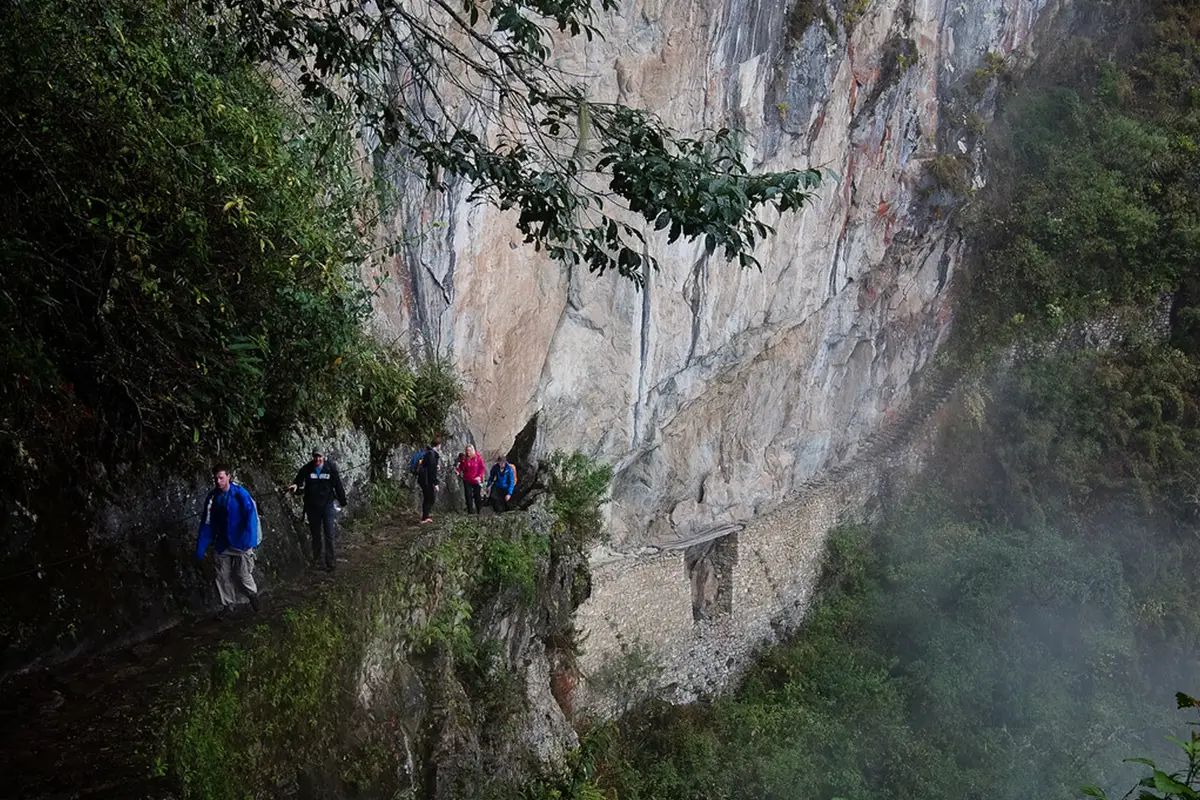
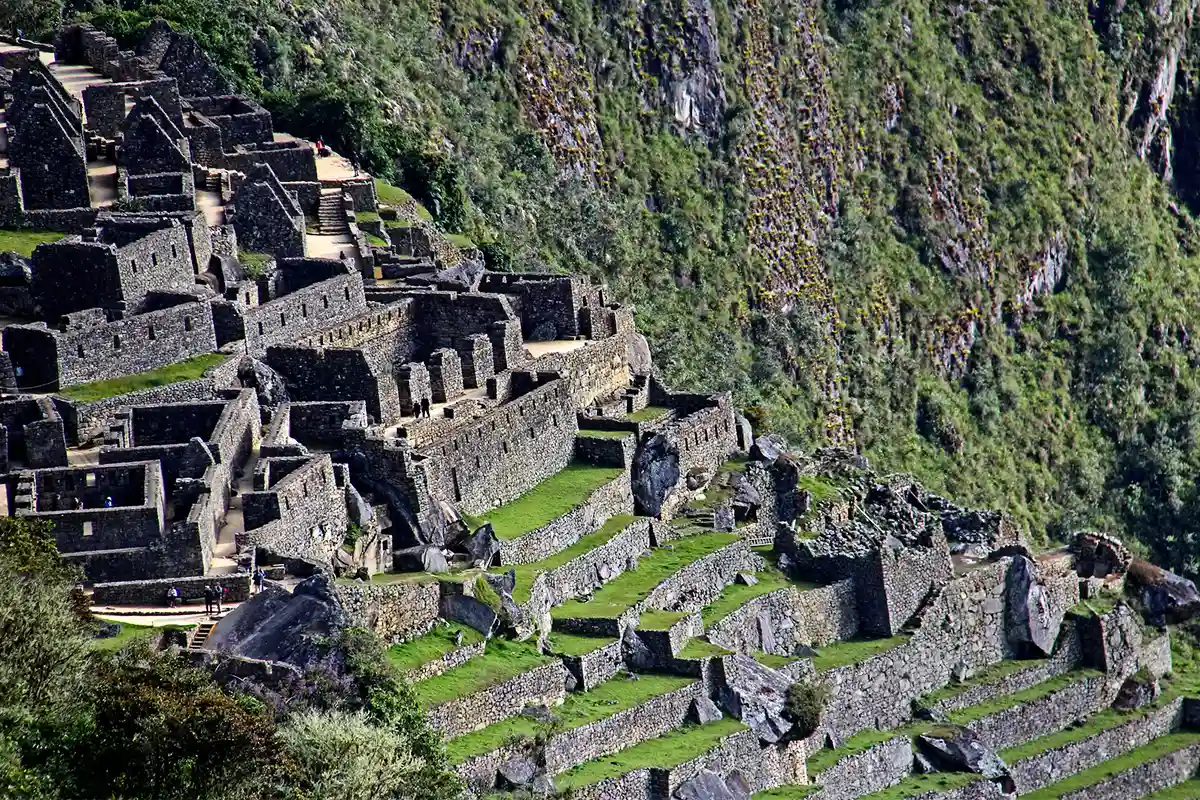
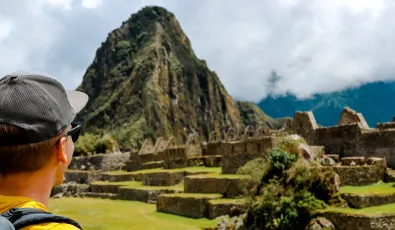
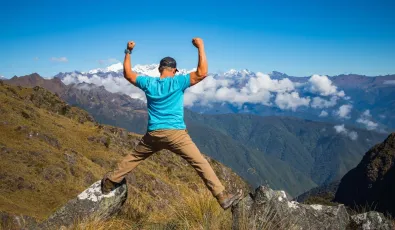
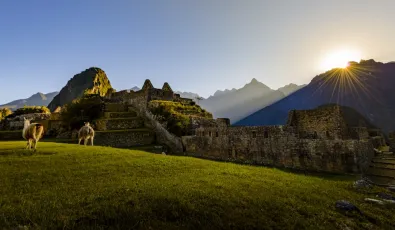
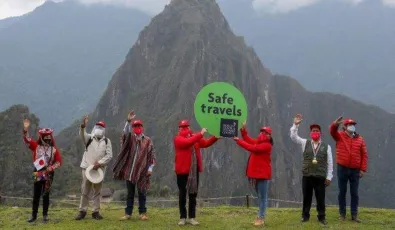

wow
It's mind blowing how there is so much hidden about Machu Picchu. Thanks for sharing!
Very interesting, there are…
Very interesting, there are so many cool things about Machu picchu!
Machu Picchu, Peru
It’s one of the heritage marvel to see on this Globe. I visited this place during April 29/2024. It was my life time dream to visit Machu peechu.
Add new comment